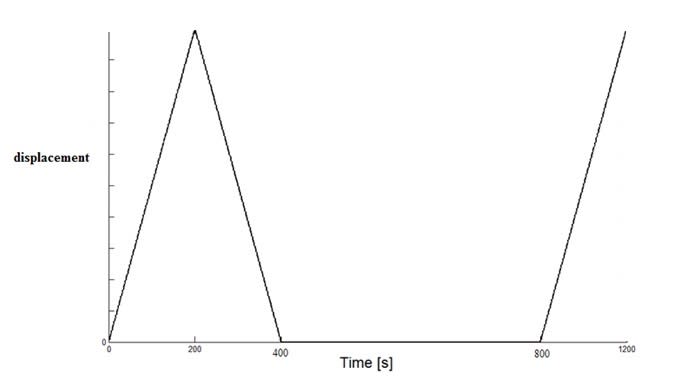ami143
Civil/Environmental
- Nov 9, 2016
- 8
Dear All,
Can anyone please give me a method how to apply loading and unoading in Abaqus. I would like to apply an elastic model. I have for example 2D plate element, I want to apply a displaceemnt until it reaches for example 1 mm, after that unloading should be applied until the initial displacement zero value. After the unloading phase, I want to make the element in rest period in which no loading is applied, when it reaches a certain period of time, I want to apply loading again. The load history that I want to apply resembles to the following figure (time values are only example in this figure).

I would be thankful if someone can explain how to do it in abaqus.
Thank you!
Can anyone please give me a method how to apply loading and unoading in Abaqus. I would like to apply an elastic model. I have for example 2D plate element, I want to apply a displaceemnt until it reaches for example 1 mm, after that unloading should be applied until the initial displacement zero value. After the unloading phase, I want to make the element in rest period in which no loading is applied, when it reaches a certain period of time, I want to apply loading again. The load history that I want to apply resembles to the following figure (time values are only example in this figure).

I would be thankful if someone can explain how to do it in abaqus.
Thank you!
